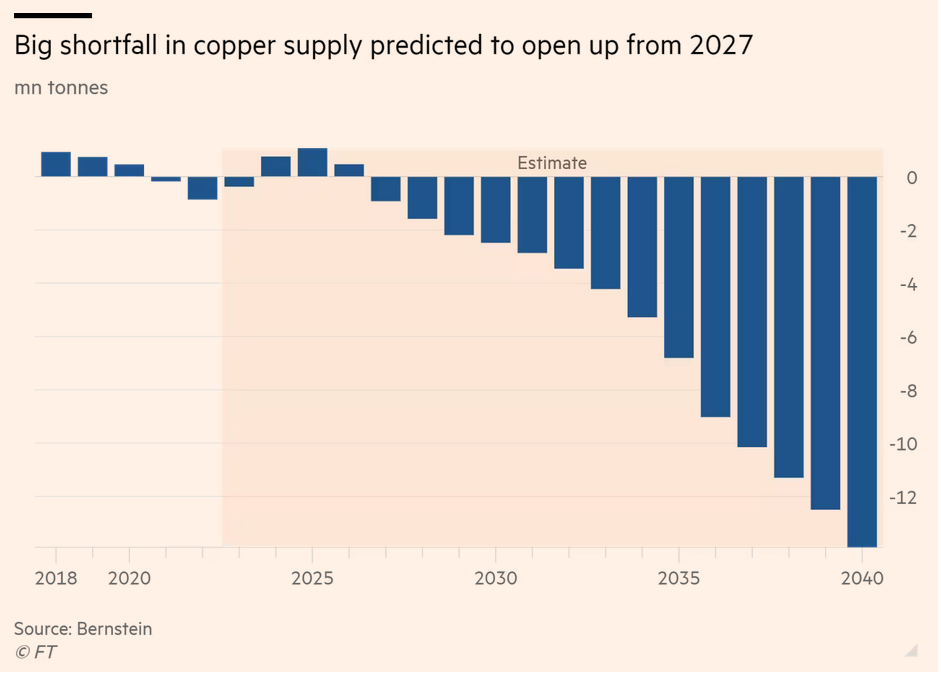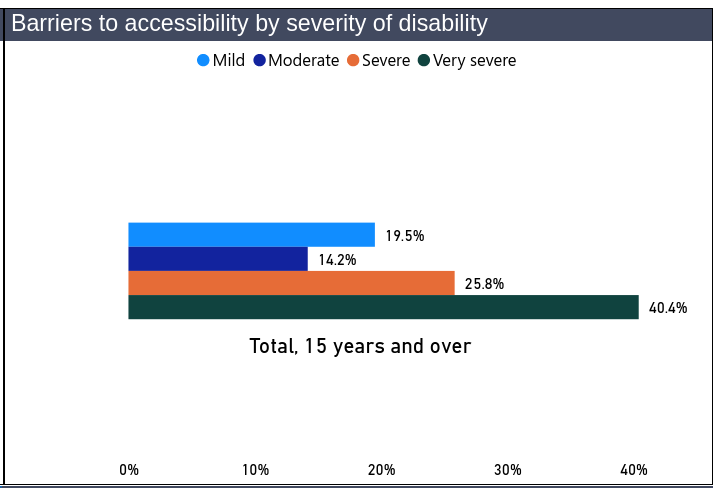May 29, 2024
Industrial Product Prices
The price of the inputs to industrial production in Canada rose in April.
- Prices rose 1.4% year over year
- Raw materials for production rose 5.5% compared to March and 3.1% compared to last year.
Input prices affect consumer prices, but also affect purchasing and production.
Raw inputs include metals such as copper and aluminum that are in basically everything that we make. Gold and silver are up as well.
There were many reasons for this as global conflict drive countries to horde gold and silver, but also reduce trade in their export of industrial metals. There are also some mines that were expected to come online were delayed in a global production crunch already running. Add to this the rebound in production in China and you have a supply-demand problem.
Copper producers stated last year that their just is not enough production for current high demand for the product. Part of it has been the very low price leading up to this year dropping around 4% yoy. Such prices decreases directly effect large mining conglomerate investment in new production even when they know there will be a shortfall.

Most of the prices for other inputs are caused by the same thing affecting copper. The producers have been late to invest in new production and refinement of materials from wood pulp to chemical inputs because of the global economy and the production crunch during the pandemic.
Investment in mining, production, and refining of these inputs are on a large time frame and act as a drag on end-product production and drive prices. It is why an industrial strategy and public investment in mid-stream processing and public ownership of at least some parts of the supply program for inputs are necessary. Unfortunately, instead of using the low production as an opportunity to green the production process and expand expected (and known) production locally, neoliberal governments just complained that companies were not producing even as they handed out profit subsidies.
__RMPI_excluding_crude_energy_products_chartbuilder.png)
Disability
Statistics Canada has published a review of how well Canada is doing at supporting those in Canada with different disabilities.
As a society, it is hard to not simply say we are failing in this regard.
From the data, it looks as if we are investing in supports for the more visible disabilities of the more visibly disabled (that is folks who are able to get out using the current level of supports who likely fall under the "Moderate" severity of disability). Everyone else is not so supported.


The cause of this? Lack of public funding to social service, disability supports, and programs focused on aviating the effects of poverty.
- 10% of persons with disabilities aged 15 years and older were living below the poverty line, 13% with severe disabilities (compared with 7% of the general population).
- 741,280 persons in Canada are classified as having work potential, but do not have access to work (because of lack of supports/accommodation).
- 32% have one or more unmet need for an aid, device, prescription medication or healthcare service due to cost.
- 53% with severe disabilities had at least one unmet need
One of the precursors of developing in an organized society is that we have collective supports for those who need it through no fault of their own exactly because we are supposed to understand that we all have the same likelihood of needing those supports.
Lack of supports in this way is a clear failing that affects us all.